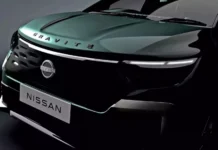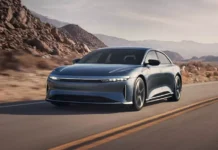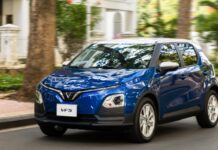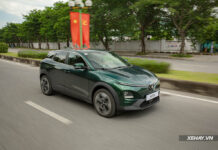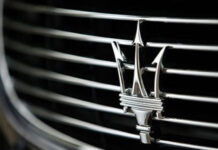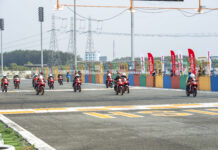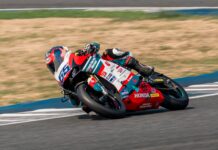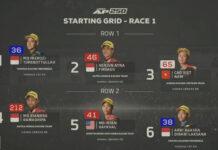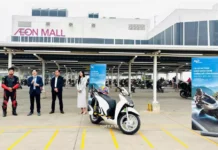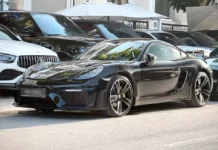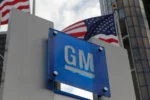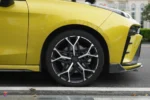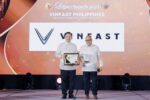In the highly competitive and slowing global new energy vehicle (NEV) industry, BYD, China’s leading electric vehicle manufacturer, has maintained growth in both revenue and profit in the first half of 2025. BYD’s recently released financial report for this period paints a picture of balanced growth, indicating a shift from explosive to stable and sustainable expansion, with a particular focus on long-term strategic foundations.
H1 2025 Growth: Stability Amid Challenges
According to the report, BYD sold 2,145,954 vehicles in the first six months of 2025, retaining its top position in the Chinese and global NEV markets.

While BYD’s Q2 2025 profit showed only a slight increase, the overall H1 performance revealed a 13.8% growth compared to the same period in 2024. This is notable considering the industry-wide slowdown due to softening demand for electric vehicles in China and intensifying price competition.
BYD’s growth stems not only from sales volume but also from increased value per vehicle. The company’s multi-brand strategy has successfully expanded into the mid-to-high-end segments, improving profit margins and demonstrating a shift towards a more stable and sustainable business model, moving away from reliance on volatile growth cycles.
R&D – A Long-Term Strategic Pillar
A highlight of the H1 2025 report is the significant increase in research and development (R&D) investment. BYD has expanded its focus beyond batteries – its core competency since its inception – to include new vehicle architectures, intelligent driving systems, automotive chips, and next-generation hybrid platforms.
The Blade Battery technology has become a symbol of safety and cost-effectiveness, while the commercialization of hybrid platforms and cell-to-body (CTB) integration is creating new profit streams. BYD’s self-sufficiency in these core technologies enables cost control and establishes technological barriers that are challenging for competitors to overcome.

Introduced in 2020, the Blade Battery is considered a pivotal technological advancement that has given BYD a competitive edge in the race for market share in the global electric vehicle industry.
The R&D strategy forms a closed loop: technology investment → differentiated products → sales growth → profit → reinvestment in R&D. This loop is instrumental in building BYD’s long-term competitive capabilities.
Globalization: From Exporting to Local Presence
While BYD’s international operations were previously centered on exporting complete vehicles, 2025 marks a significant shift towards establishing a comprehensive overseas operating system.
A series of recent moves underscore BYD’s clear globalization ambitions. The company has set up its European headquarters in Hungary, commenced construction of a factory in Cambodia, and confirmed plans for a new plant in Malaysia.
BYD’s independently owned ro-ro (Roll-on/Roll-off) car-carrying ships are now operational, giving the company independent control over logistics operations. This not only reduces transportation costs but also mitigates the risk of relying on third parties.

BYD debuts the world’s largest car-carrying ship with a capacity of 9,200 vehicles.
BYD has witnessed strong sales growth in Europe and Latin America, reinforcing that its internationalization strategy is not a one-off push but a simultaneous expansion into multiple markets with the goal of establishing a stable long-term presence.
BYD is transitioning from being a Chinese EV exporter to a global automotive conglomerate with a closed-loop ecosystem encompassing manufacturing, sales, services, and logistics.
Effectiveness of the Multi-Brand Strategy
A critical component of BYD’s positive financial performance is its multi-brand strategy. Rather than limiting itself to a single positioning, BYD has deployed multiple brands with distinct identities:
- BYD focuses on mass-market and mainstream models.
- Denza, in collaboration with Mercedes-Benz, targets premium customers.
- Yangwang positions itself as a luxury brand, offering both the U9 electric supercar and the U8 SUV.
- Fangchengbao is a brand for off-road and high-performance vehicles.

Fangchengbao Bao 5
This diversity enables BYD to cater to various customer segments, from affordable to luxury and from urban to off-road vehicles. Each brand complements the others, enhancing diversity, reducing risks, and strengthening corporate identity. In a fragmented market, owning multiple brands allows BYD to maintain stable growth even if one segment faces challenges.
Long-Term Competitive Advantage: The Synergistic Effect of Technology, Scale, and Globalization
BYD’s H1 2025 financial report underscores its focus on building long-term competitive capabilities. Technologically, the company controls critical value chains, from batteries and chips to vehicle platforms, ensuring high independence. In terms of scale, producing millions of vehicles annually lowers average production costs, providing a pricing advantage. Regarding globalization, establishing production, distribution, and logistics systems in multiple regions reduces geopolitical risks and trade barriers.
The synergy of these three factors enables BYD to not only withstand short-term fluctuations but also mature into a global automotive powerhouse.
Challenges Ahead
However, BYD’s path is not without obstacles. The Chinese domestic market is witnessing an unprecedented price war involving Geely, Nio, Xpeng, and Tesla, threatening short-term profit margins.
International markets, particularly Europe and the US, present their own challenges. Europe is implementing anti-dumping policies, while the US imposes significant trade barriers on Chinese automobiles.
While revenue has increased, profit growth in the latest quarter was modest. BYD’s challenge is to maintain profit margins while investing heavily in R&D and global expansion. Moreover, the EV industry demands constant innovation due to the rapid pace of technological change. Failing to keep up with this pace could leave even a giant vulnerable in this relentless race.
While challenges lie ahead, BYD can solidify its position as not just “China’s largest electric vehicle manufacturer” but as a conglomerate leading the new energy era by sustaining its innovation pace and adaptability.
“VinFast Launches ‘Shaping a Green Vietnam’ Competition”
With a burning desire to spread the message of green mobility and sustainable development, VinFast announces a creative marketing idea contest themed “Shaping a Green Vietnam.” The contest aims to uncover and celebrate unique ideas that can positively impact society and foster a greener future for Vietnam.
The American Automaker’s Plight: $1.1 Billion Loss in the Trade War
General Motors is bracing for a challenging year ahead, with projections of a staggering $4-5 billion loss for the full year of 2025. The automotive giant is facing significant headwinds as it navigates through a turbulent economic landscape. With a daunting task ahead, GM is strategizing to weather the storm and emerge resilient.
“VinFast Philippines Honored at the 2025 Enterprise Heritage Awards”
VinFast Philippines is honored to receive the 2025 Enterprise Heritage Award in the category of Outstanding Achievement in Strategic Mobility Innovation. This recognition highlights the company’s exceptional contributions in pioneering sustainable transportation solutions, fostering inclusive economic growth, and creating a positive impact on the Filipino community.


